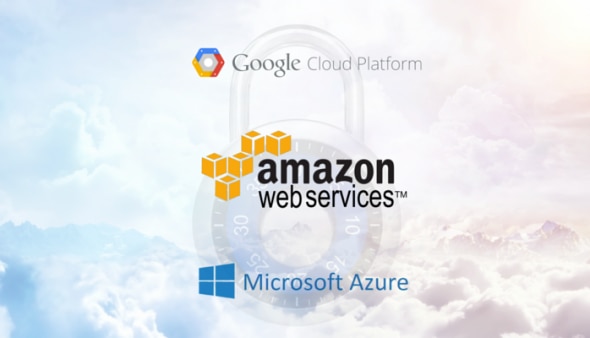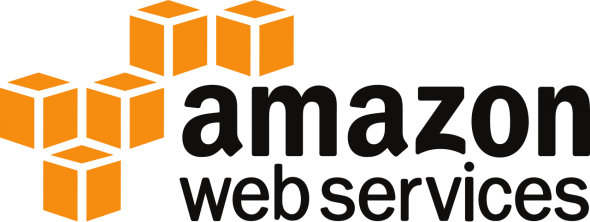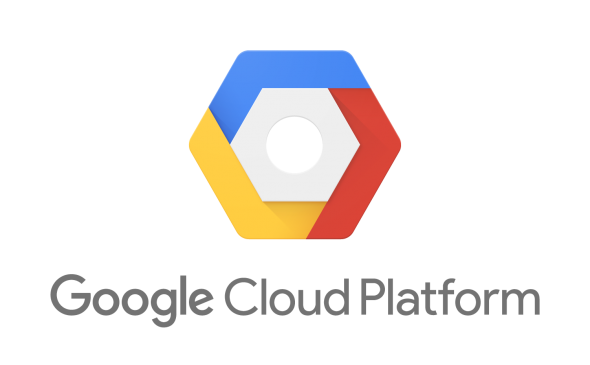One does not need to be an expert in the area of cloud computing to be aware of the public cloud trifecta, the three tech giants of the public cloud space. Amazon, Microsoft and Google hold the entire landscape with their respective products. As the title suggest, Amazon Web Services (AWS), Microsoft’s Azure and Google Cloud Platform (GCP) are the leaders that provide the most reliable, functional and safest cloud services.

These companies have an enormous impact on the cloud sector which comes as no surprise considering that they greatly contributed to the overall evolution and progress of software development. Their approaches, processes, experiences and methodologies impacted all areas of cloud computing, whether it is for giant enterprises, B2B or B2C IT markets.
How One AI-Driven Media Platform Cut EBS Costs for AWS ASGs by 48%

Today, the cloud is widely adopted and has proved itself beneficent in all areas of its application. Moreover, it gets embraced by more people every day, from business crowds to the general population.
The Cloud Keeps Evolving
Constant demand propelled investments to the cloud industry. The market reacted by embracing innovation and improving all aspects of the cloud technology. Today IT necessities are “cloudified” and accessible while offering all kinds of benefits, from integration of resources and wide access to network to scalability, elasticity, reliability, security and more. Accordingly, revenues are hitting all time records with the public cloud spend increasing year over year. Researches from the statistics portal Statista estimate that this year’s revenue will reach over $138 bn, while over $181 bn is to be expected in 2018.
With such impressive sums of money involved within the sector, and considering the persistent growth of the market, it is wise to get to know it better. By knowing more about the topic, one will know how to best leverage it to meet requirements and achieve business goals. Although the cloud provides many benefits, different providers have certain differentiators that make them stand out from the others. Next we bring you a breakdown of the pros and cons, the ups and downs of the three major public cloud players.
Amazon Web Service (AWS)
There’s no point to try and fit a description for AWS better than their official one
“Amazon Web Services is a secure cloud services platform, offering compute power, database storage, content delivery and other functionality to help businesses scale and grow. “

Pioneer of cloud computing, the first AWS offerings were launched in 2006 to provide online services and client based applications. Amazon’s firm consistency is what kept AWS on the top since the day they were founded.
Ups:
- Data Collection – In this era of internet we are constantly served with tons of information. That challenges users to organize the collected data to avoid getting swamped and lost in it. It’s often necessary to build a data pipeline of a serverless architecture which is where AWS provides the best solutions. With a combination of serverless cloud services such as Amazon Kinesis Streams, AWS Lambda Functions and Amazon SQS queues, AWS provides a reliable structure which enables a smooth and flexible data collection flow.
- Amount of Services and Features – AWS delivers the highest number of services on the market – allows to choose the operating system, web application platform, programming languages, database and other services.
- Team Improvements – The usage of AWS can significantly help businesses grow. Various studies showed that usage of AWS boosts team productivity by taking care of application work and enabling teams more valuable time for creative work.
Downs:
- Complexity – AWS is a complex infrastructure with its own rules and laws which can be a serious obstacle for teams that are not familiar with the AWS ecosystem.
- Service Limitations – AWS service default limits are set according to average user needs. For more resources, users can submit a request and get access to additional resources, of course with certain expenses.
- Server Failure – At the end of February 2017, AWS cloud users were shocked by a massive server outage. AWS stated that servers were deleted by an incorrect input during maintenance. Whatever the reason may be, it resulted with cautious users and lost future customers.
Microsoft Azure
Microsoft’s own description of Azure, AWS’ major competitor in the public cloud market:
”Azure is a growing collection of integrated cloud services that developers and IT professionals use to build, deploy, and manage applications through our global network of datacenters. “

Ups:
- Backups – Within the public cloud sector there are enormous concerns over server stability. Outages can result in data losses which is a worrying scenario for end user. Azure has an outage protection plan which replicates all user data to their secure virtual environments.
- Business Benefits – Many user reviews reveal that Azure is the best decision when fast results is what makes a business recognizable. It offers numerous specific features which can be both time and cost efficient. Azure has data centers all around the globe which enables businesses to operate on different markets regardless of geography. More developed business intelligence and analytics support is possible thanks to managed SQL and NoSQL data services.
- Easy to Learn – What distinguishes Azure from the other is their philosophy of sheer simplicity. The platform offers simple organizational structures for developing applications and Microsoft easy-to-use tools.
Downs:
- Customer Service – Globally hosted servers are also a drawback. They may confuse customers who don’t follow or skip some of the rules. License to data restrictions depends on Microsoft approval upon request.
- Difficulties in Monitoring – Business administrators often make small but significant mistakes. They are not involved in performance monitoring of their cloud servers and pathing. This aspect does require a higher level of expertise.
Google Cloud Platform
A brief description provided by Google
”Google Cloud Platform is a suite of public cloud computing services. The platform includes a range of hosted services for compute, storage and application development that run on Google hardware. “

When it seemed that AWS and Azure were the only serious market contenders, Google’s management decided to get on the market with their Google Cloud Platform. As a third powerful force in the public cloud industry, Google managed to contribute to a further market development by sharpening up the competition.
Ups:
- Top Class Security – Nearly 20 years of experience in securing the most used platforms makes them entitled to huge trust. Businesses can be sure their data is in the right hands.. All data is encrypted under 256-bit AES between Google and data-centers which is further encrypted with several regularly changed master keys. Now that’s some encryptception.
- Free Trial – This option can be crucial in choosing the optimal cloud solution. A thought-out move by Google.
- Best Pricing – By opting for Google’s Cloud, you are sure to get the best rates. Google decided to charge in minute-level increments but with a 10-minute minimum charge. That way you pay only for the time you actually use their services. Also, long-term users with large workload are granted with notable discounts
Downs:
- Immaturity – GCP is the youngest of the three. That translates to a smaller variety of cloud service spectrum. Sizeable parts of Google’s budget are invested to improve this inexperience in order to bridge the gap with Azure and AWS in the future.
- Servers – Google has a solid coverage in the United States, but falls behind in Europe and, particularly in Asia, with no coverage at all in South America. None of the big trio offers services in Africa.
- Google Cloud Messaging – Social networking applications are leading the world of applications market where GCM is an indispensable tool. The big flaw is the size of messages which are strictly limited to 4096 bytes for most messages and 2048 bytes on iOS.
Conclusion
Even though AWS holds the largest portion of the public cloud market, it would be inappropriate to claim it provides the best solutions. Microsoft Azure and Google Cloud Platform sure have their vantages if you’re looking for easy business solutions or bulletproof security. The point is – there’s no universal best bet when it comes to public cloud providers, it all comes down to what best suits your specific needs. It’s why we wanted to pinpoint the strengths and weaknesses of the three major players, to make it easier for you to learn about them and make the best decision. Luckily, if you’re having trouble deciding which provider will best meet your needs, you can always turn to experts. Don’t hesitate to ask our experts here at GlobalDots to help you choose your best cloud solutions and more.






